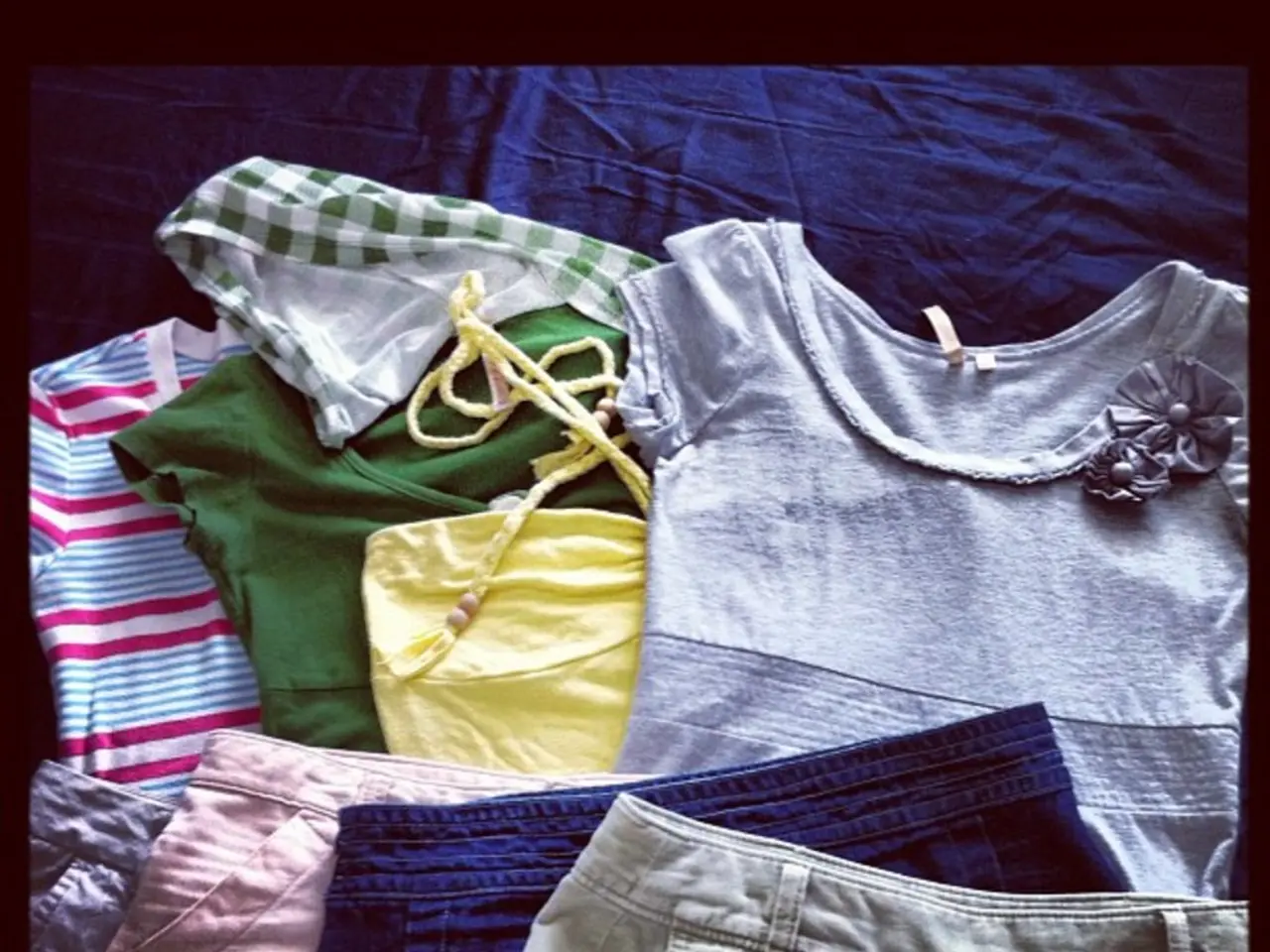The Evolution of Apparel Trends
The fashion industry is undergoing a significant transformation, with social media, technology, and a focus on sustainability and inclusivity driving change.
Social media has democratized fashion, giving individuals a platform to express their personal style and influence trends on a global scale. Platforms like Instagram, TikTok, and Pinterest have become key drivers of trends, with influencers and content creators shaping consumer preferences and driving purchasing decisions.
The future of fashion is expected to be more sustainable, inclusive, and technologically advanced. Artificial intelligence is expected to play a significant role in this evolution, particularly in areas such as trend forecasting, personalized shopping experiences, and supply chain optimization.
One of the key advancements is AI tailoring and production. AI technologies are enabling ultra-precise garment design and cutting, reducing fabric waste by up to 50% and leftover scraps by 30%. This minimizes overproduction by producing highly personalized, perfectly fitting garments, aligning sustainability with consumer demand for customization. AI also helps trace and select sustainable materials, like organic cotton and recycled polyester, through blockchain-verified supply chains, ensuring ethical sourcing and environmental responsibility.
Smart textiles are another area of focus, incorporating IoT sensors and AI to adapt to environmental and user needs. This not only enhances functionality in areas like sportswear and healthcare but extends garment life by anticipating repairs. Smart fabrics are becoming health-monitoring wearables, supporting continuous health insights and offering interactive features such as touch sensitivity and color change, merging fashion with technology while encouraging sustainable use.
The shift towards a circular economy is also evident, with brands adopting take-back programs and advanced textile-to-textile recycling technologies to keep materials in use longer. Innovative bio-based materials like mushroom leather (Mylo) and pineapple fibers (Piñatex) are being integrated to reduce environmental impact while requiring less water and energy.
Blockchain technology is powering digital "passports" for garments, tracking their entire lifecycle from raw material to finished product. This provides immutable proof of sustainability claims, combating greenwashing and meeting tightening regulations such as the EU Green Deal. Technologies like SMX use molecular markers for forensic-level traceability, enhancing consumer trust and regulatory compliance by verifying ethical production and preventing counterfeit products.
Greater digitalization and automation enable brands to optimize logistics for reduced carbon emissions, adopt renewable energy in manufacturing, and embrace nearshoring strategies. This holistic approach shrinks the fashion industry's carbon footprint and improves transparency at every supply chain stage.
Many brands have committed to reducing their environmental footprint and implementing sustainable practices throughout their supply chain. There has been a greater emphasis on transparency and accountability within the fashion industry, with social media enabling direct communication between brands and consumers, allowing for more authentic and engaging interactions.
In conclusion, the latest advancements in sustainable fashion practices and technology are revolutionizing the industry, integrating AI-driven precision tailoring, smart textiles, blockchain-enabled transparency, and circular economy models. These advancements are not only improving the environmental footprint and ethical standards of fashion but also changing consumer expectations and business models, making sustainability central to innovation, marketing, and regulatory adherence in 2025's global fashion landscape.
Fashion influencers on social media platforms like Instagram, TikTok, and Pinterest are shaping the future of sustainable fashion, as they influence trends and consumer preferences towards a more eco-friendly and inclusive lifestyle. The fashion and beauty industry is anticipated to see significant advancements in technology, with the integration of AI-driven precision tailoring, smart textiles, blockchain-enabled transparency, and a shift towards a circular economy.




